Welcome to beautiful Yunnan province, our fourth and final virtual excursion to one of China’s premier tea regions. Located in the southwest region of China, Yunnan is a landlocked province that borders the Chinese provinces of Guangxi, Guizhou, and Sichuan as well as Tibet, Myanmar, Laos, and Vietnam. The capital of Yunnan is Kunming, and it has a population of nearly 50 million people that is incredibly diverse. In fact, Yunnan is one of the most ethnically diverse provinces of China, with ethnic minorities accounting for about 34 percent of its total population.
None of us Harneys have ever visited Yunnan. So Mike will put it on his bucket list.
Yunnan’s diversity does not stop with its people. Its geography includes snow-capped mountains in the northwest and subtropical, low elevations in the southeast. Because of its vastly different environmental regions, Yunnan is also home to an incredible spectrum of species and vegetation types. While it represents less than four percent of the land in China, the province is home to over 40 percent of all protected plant species and over 70 percent of all protected wild animals in the country. There are the Three Parallel Rivers (Yangtse, Mekong, and Salween) that run through Yunnan that are separated by high mountains, creating many unique ecosystems.

The stunning beauty of Yunnan’s landscape makes it a popular tourist destination. Unlike other Chinese provinces with distinctive types of food, like neighboring Sichuan known for its light-you-up fiery cuisine, Yunnan’s cuisine is more representative of its diverse ethnic population, so it’s more of a mash-up of types of culinary offerings rather than known for one specific type of food. If there is one ubiquitous Yunnan dish, however, it would be guoqiao, or “crossing the bridge noodles.” It is a bowl of hot chicken soup that diners can add to as they please, primarily with meat, mixian (a type of rice noodle) vegetables, and spices.

If Yunnan is not particularly well known for its food, it is known for its tea. The province is considered to be the birthplace of tea, and it is still home today to ancient tea trees -- one is reputed to be over 1,700 years old!
The optimum word in Yunnan is diversity. Diversity of plants and people. It was that mixture that got tea started several thousands of years ago. There are many unique tea plants found in the jungles and mountains of Yunnan, much more than other regions of China. Also, there are many different indigenous people along the borders. There are 25 different peoples and about the same in unique tea plants.
We always say that Yunnan’s rich red soil is bursting with organic material. The soil, along with the warm, humid, and rainy weather, makes for a very hospitable environment for tea plants. It is not uncommon for tea plants to age to over 100 years there. They can also grow to heights of 20-30 feet as well. It’s quite a sight to see.
Yunnan teas made with tips have their own distinctive place in the tea world; when you talk about Yunnan, you have to talk about Puerh.
Puerh, the Fermented Tea
First, there are seemingly endless ways to spell “puerh,” including “pu-er,” “pu-erh,” “puer” and “pu’er” -- and you can swap in a capital “P” if you prefer, or not. No matter how you spell it, Puerh is one of Yunnan’s most famous products. This ancient tea has gained popularity around the world recently, but it has long been a Yunnan and Chinese mainstay.

The tea gets its name from the Puerh town in Yunnan’s Xishuangbanna region, home to six of Yunnan’s 12 tea mountains. The mountainous areas are interspersed with dense jungle-like forests, and the region has a mild climate that tea thrives in. While puerh tea is not actually grown in the town of Puerh, it is believed that the tea was given that name due to the fact that Puerh was an important point that marked the beginning of the Tea Horse Road.
During the Tang dynasty (618-907), the Tea Horse Road was a trade route for tea and horses between China and Tibet. The Chinese could grow tea but not raise horses, and the Tibetans were the opposite. So the Chinese would wind their way through the steep ravines with dark tea and bring back the much-needed horses.
(If you’d like to read more about the Tea Horse Road, Tea Horse Road: China’s Ancient Trade Road to Tibet by Selena Ahmed and Michael Freeman is an excellent book. We will be giving away one of these stunning books. Selena is an old friend of ours, and she spent several years researching tea in Yunnan. Also she set up a groundbreaking Tea and Climate Change Collaborative.)
Puerhs get their unusual qualities from fermentation, a process no other tea endures. The science of puerh fermentation is not much understood outside of China, but we can speculate that fungal and bacterial microbes in the air likely go to work on the leaves in much the way that yeasts act on wine grapes or sourdough starters alter bread dough. One of the better stories about how puerh came into being claims that the tea fermented by accident while strapped to the horses on Tea Horse Road during the long journey across the Tibetan plateau.

In addition to being the only fermented tea, puerhs come in compressed cake or brick form. The tea is flaked off or pieces are cut off as needed to prepare a cup of tea. While vintage puerhs are often highly prized and very expensive, proper storage of puerhs is required to keep the quality of these unique and intricately prepared teas intact.
Yunnan Black Teas
The other primary tea that hails from Yunnan is the eponymously named Yunnan black.
Yunnan black teas are earthy, almost gutty and assertive, but they also have a social maple sweetness to give them accessible charm. Yunnan black tea comes from a remote region of China on the border of Laos and Burma, where tea is thought to have originated. Those flavors always come through clear as a bell… so you know when you have some in your tea cup!
Interested in trying some tea from the birthplace of tea? We thought so.
- Tippy Yunnan. The big black leaves of Tippy Yunnan have a touch of gold, and it brews up medium-bodied and round. It has a good balance of sweet and earthy notes, with none of the smokiness that overpowers other Yunnans.
- Yunnan Golden Tips. Typical of many Yunnan teas, Yunnan Golden Tips features a mixture of dull gold buds and black leaves. This tea, also known as Dianhong, has an earthiness characteristic of most Yunnan teas, with the sweetness of maple syrup along with hints of spice.
- Pu-erh. An ancient tea from Yunnan, Pu-erh's earthy pleasures have a passionate group of followers. This particular version is a dark, savory cooked pu-erh and makes for a striking brew. Brigitte Harney is especially a fan. This Pu-erh is a Shou style. Shou Pu-erh is differentiated from sheng Pu-erh in that it is fermented before it is packaged, compressed or sold for consumption.



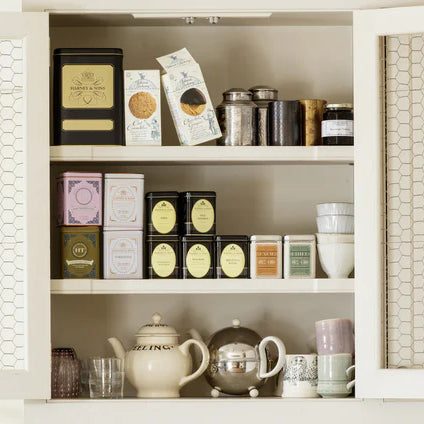
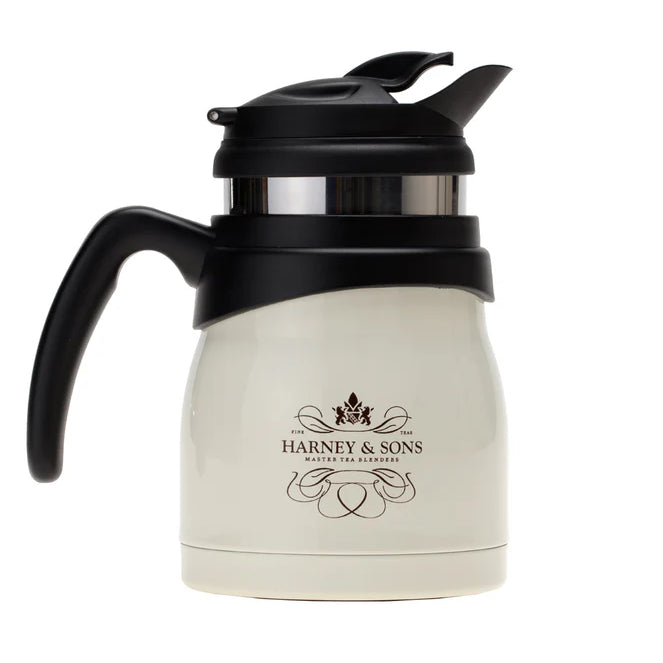
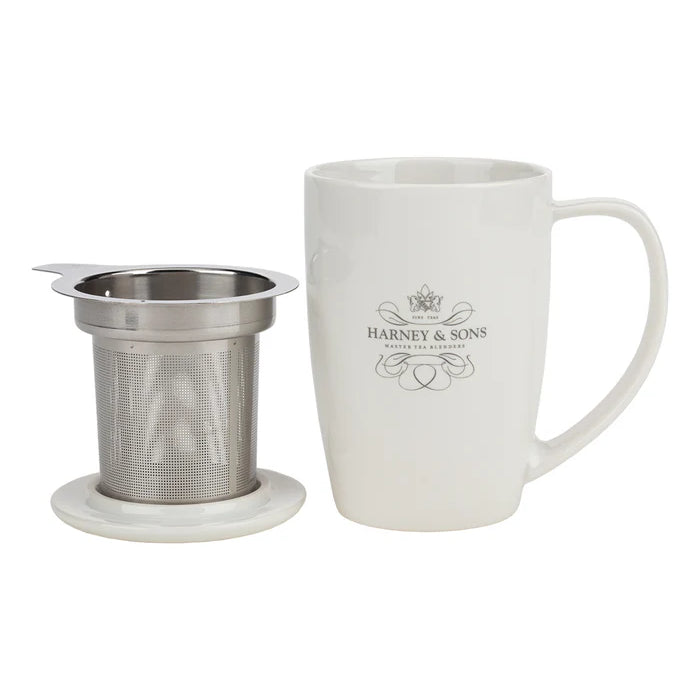
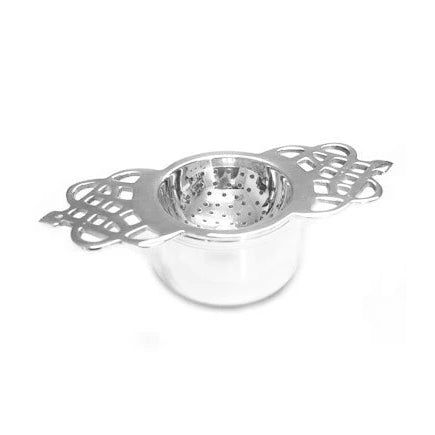
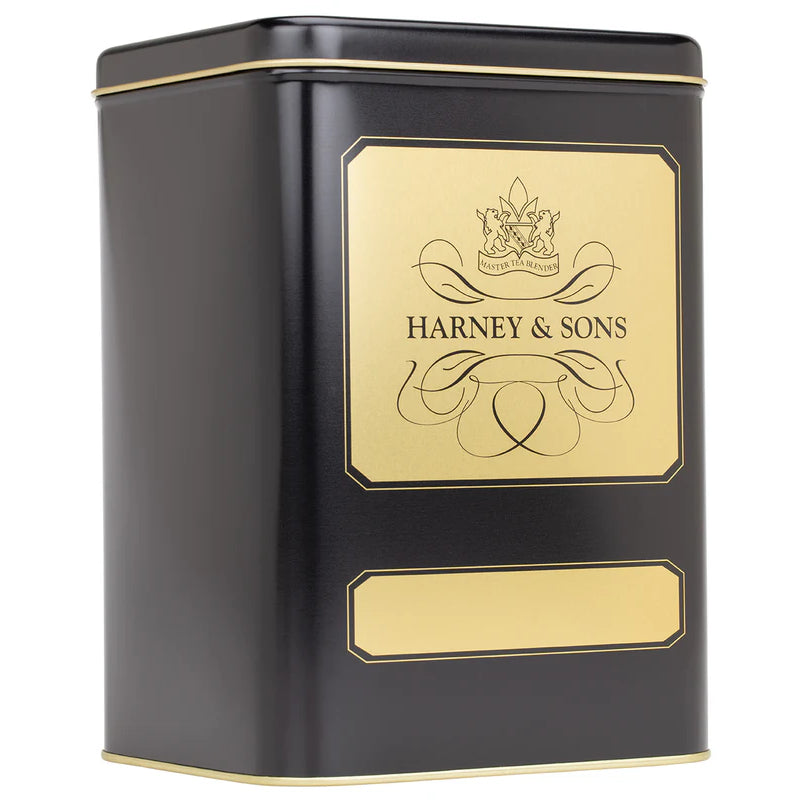
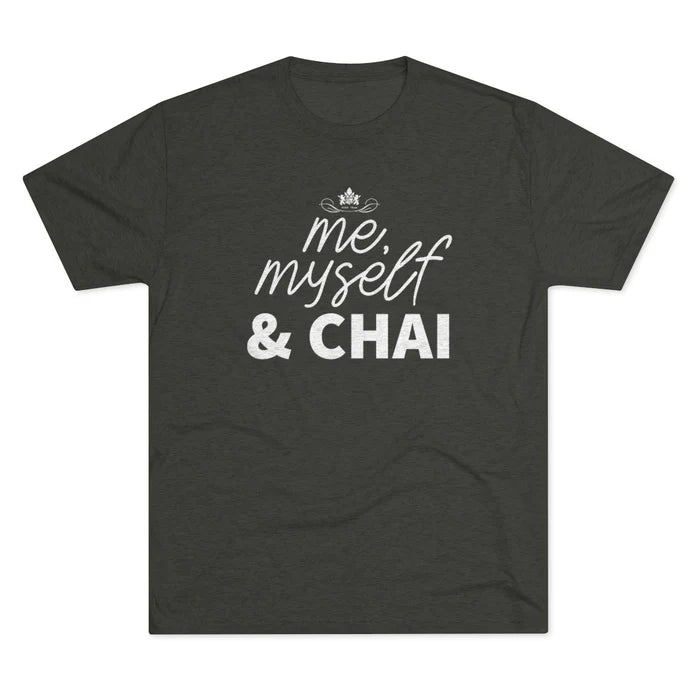

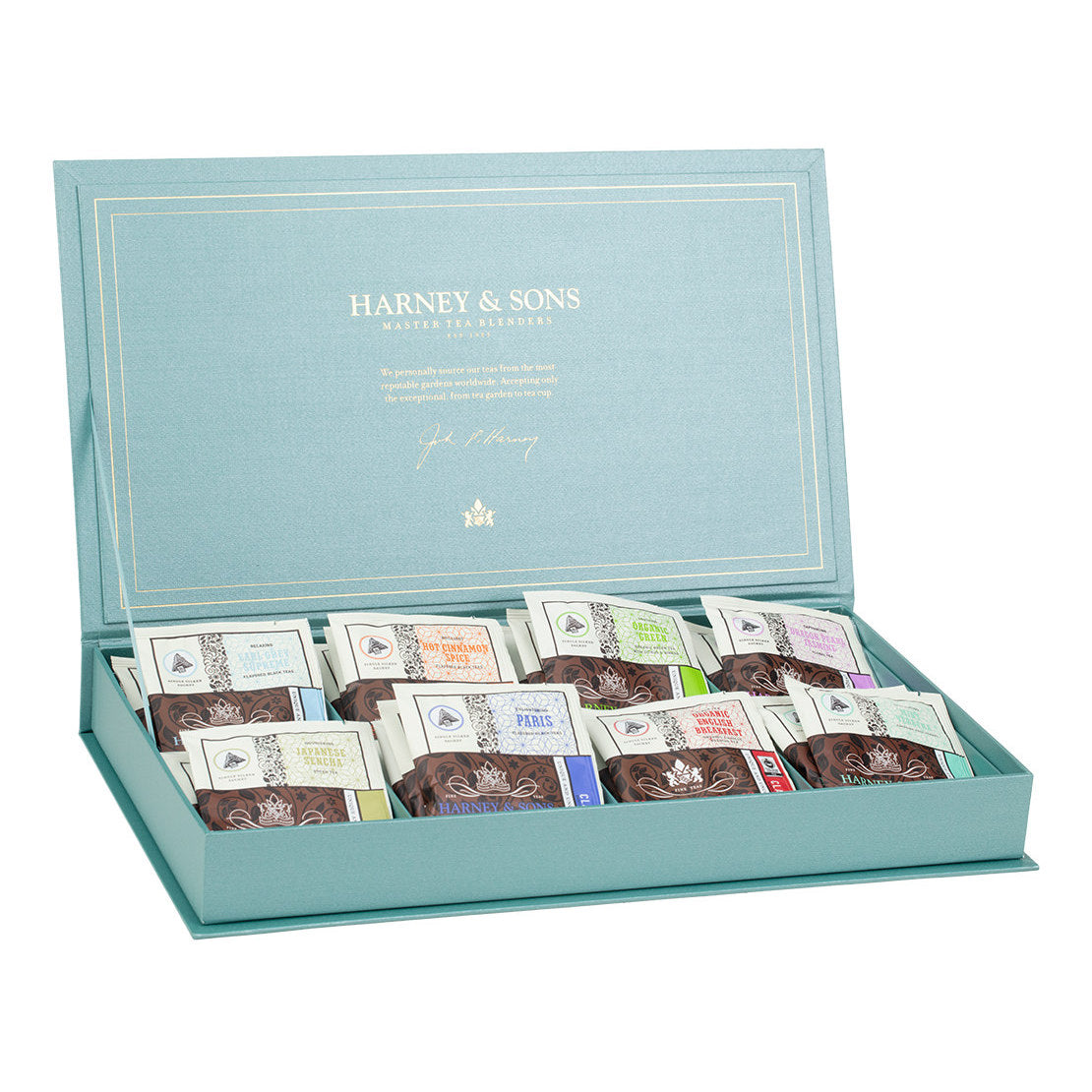
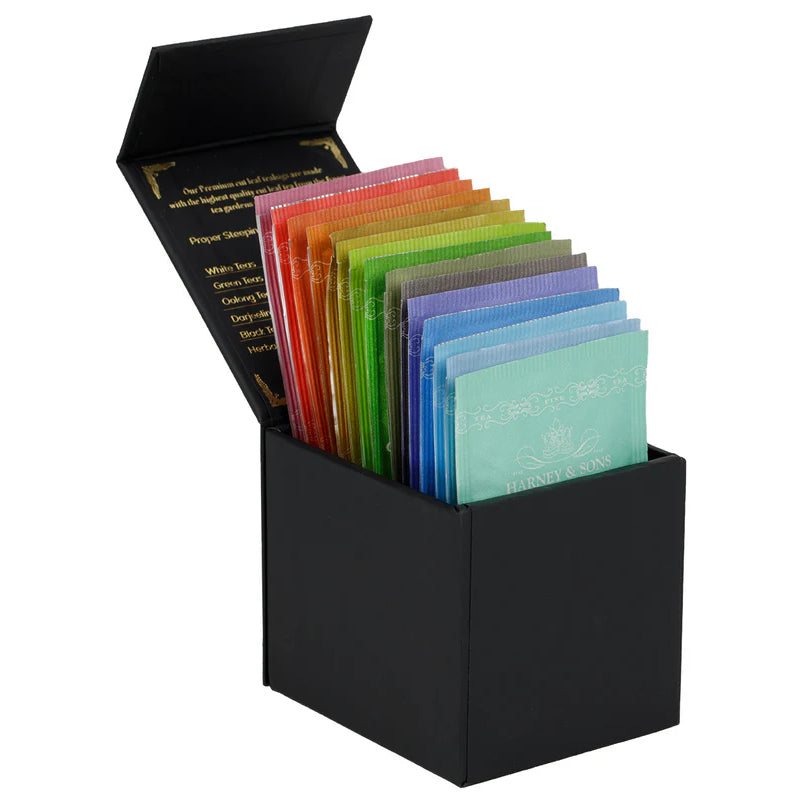

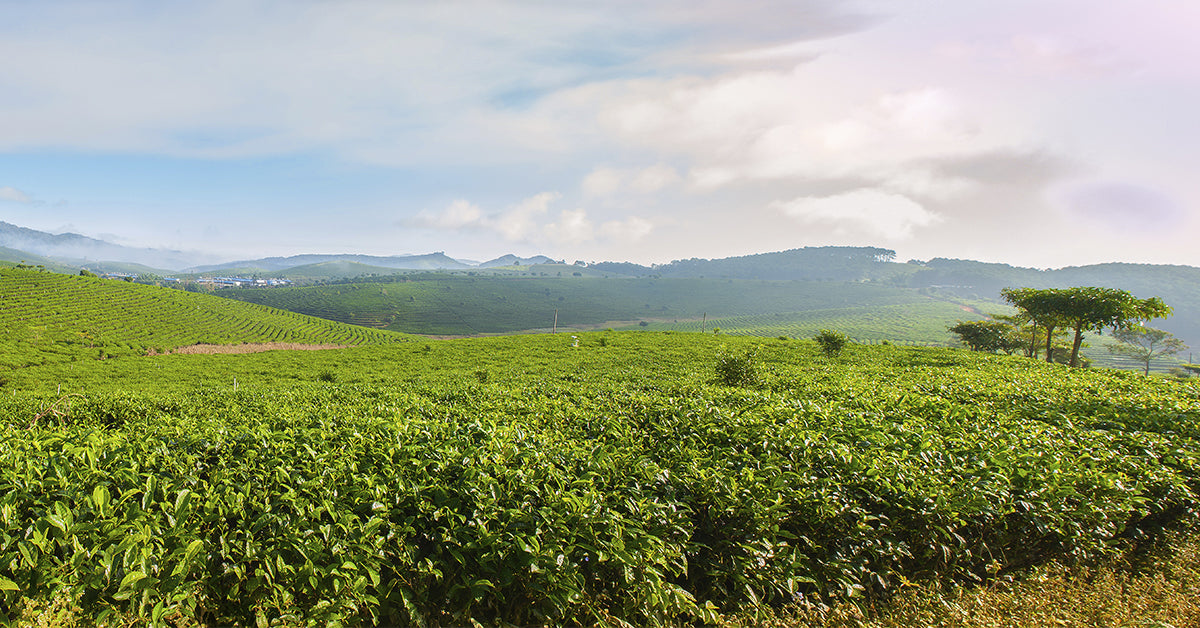
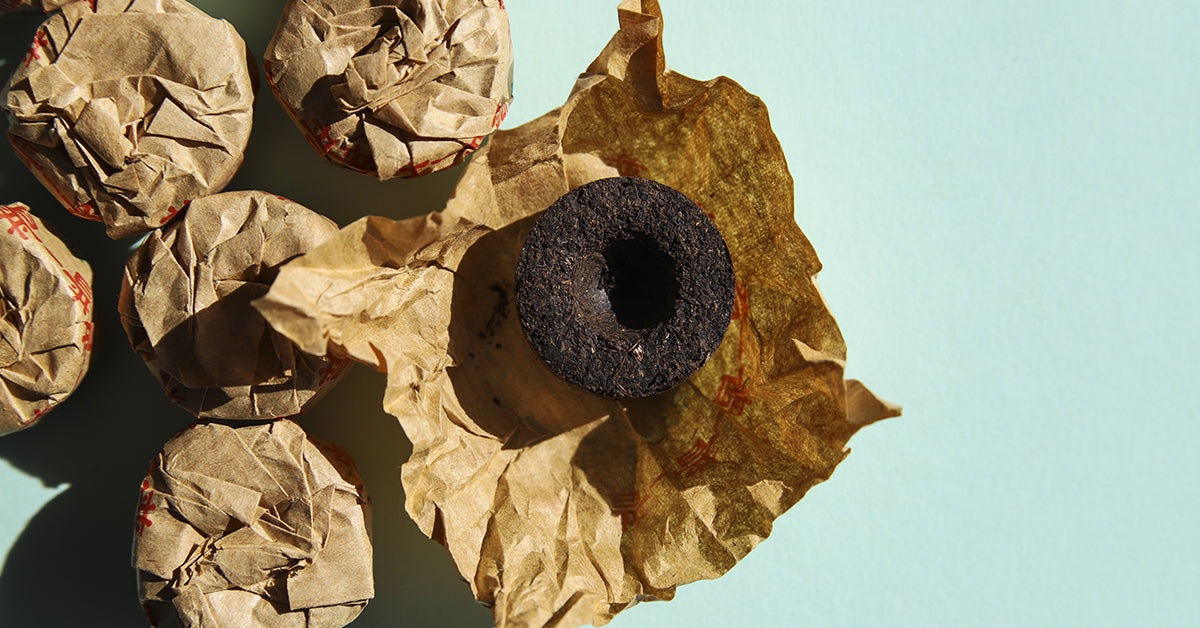
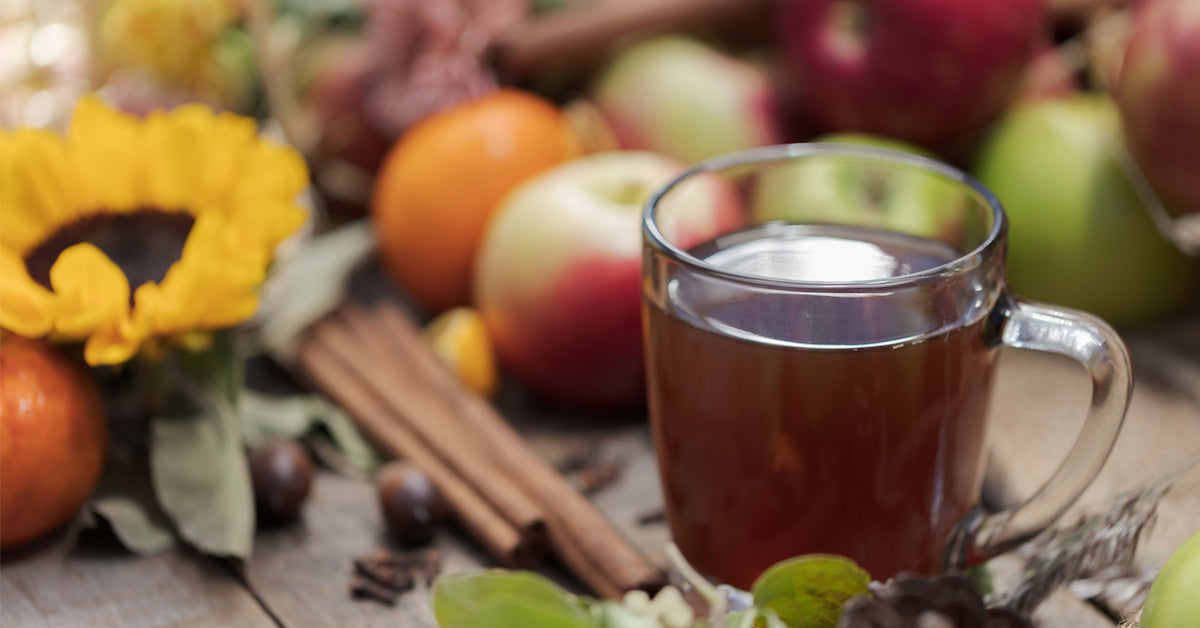
1 comment
Fernando
Great content Emeric!
Congrats
Great content Emeric!
Congrats